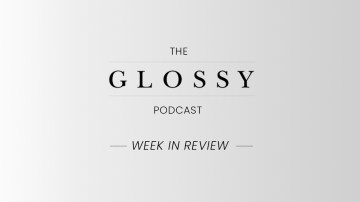In this edition of the Glossy+ Research Briefing, we analyze McKinsey & Co.’s latest consumer sentiment report that covers trends in consumer behavior and optimism toward current U.S. economic conditions.
Interested in sharing your perspectives on the future of fashion, luxury and beauty?
Apply to join the Glossy research panel.
Younger generations intend to spend more through the remainder of 2024
McKinsey’s latest report from its ConsumerWise team found that younger generations may be more willing to spend on semi-discretionary and discretionary items through the end of 2024. Compared to Gen Xers and baby boomers, Gen Zers and millennials across income levels intend to spend more through the remainder of 2024 and have higher rates of optimism toward current U.S. economic conditions, McKinsey’s report found.
But, this higher optimism and intent to spend is affecting certain product categories more than others. According to McKinsey, consumers from all generations have the highest net intent to spend more on personal care products compared to other categories like apparel, footwear, jewelry and accessories (meaning more respondents are willing to spend more on this category than those that intend to spend less).
The intent to spend more on personal care products may be attributed to the fact that younger generations are very price sensitive and shop for value over loyalty to a brand or retailer, according to McKinsey’s analysis. Splurging on semi-discretionary items like personal care products over fashion items could be a result of a bargain-seeking mindset that prioritizes cost-cutting over fashion trends.
In fact, more middle- and high-income consumers report using buy now, pay later (BNPL) services, which allow consumers to spread payments over time, in August 2024 compared to the second quarter. And, by respondents’ age, more Gen Z and millennial consumers have used BNPL services than the average across all generations, while fewer baby boomers are doing so.
Although they continue to keep a tight grip on their purse strings, Gen Z and millennials did report future plans to splurge more on certain categories. Compared to older generations, especially baby boomers, Gen Z is more willing to splurge on apparel, beauty, footwear and accessories. On the other hand, baby boomers and Gen Xers are more willing to splurge on experiences and necessities like dining out, groceries and travel.




